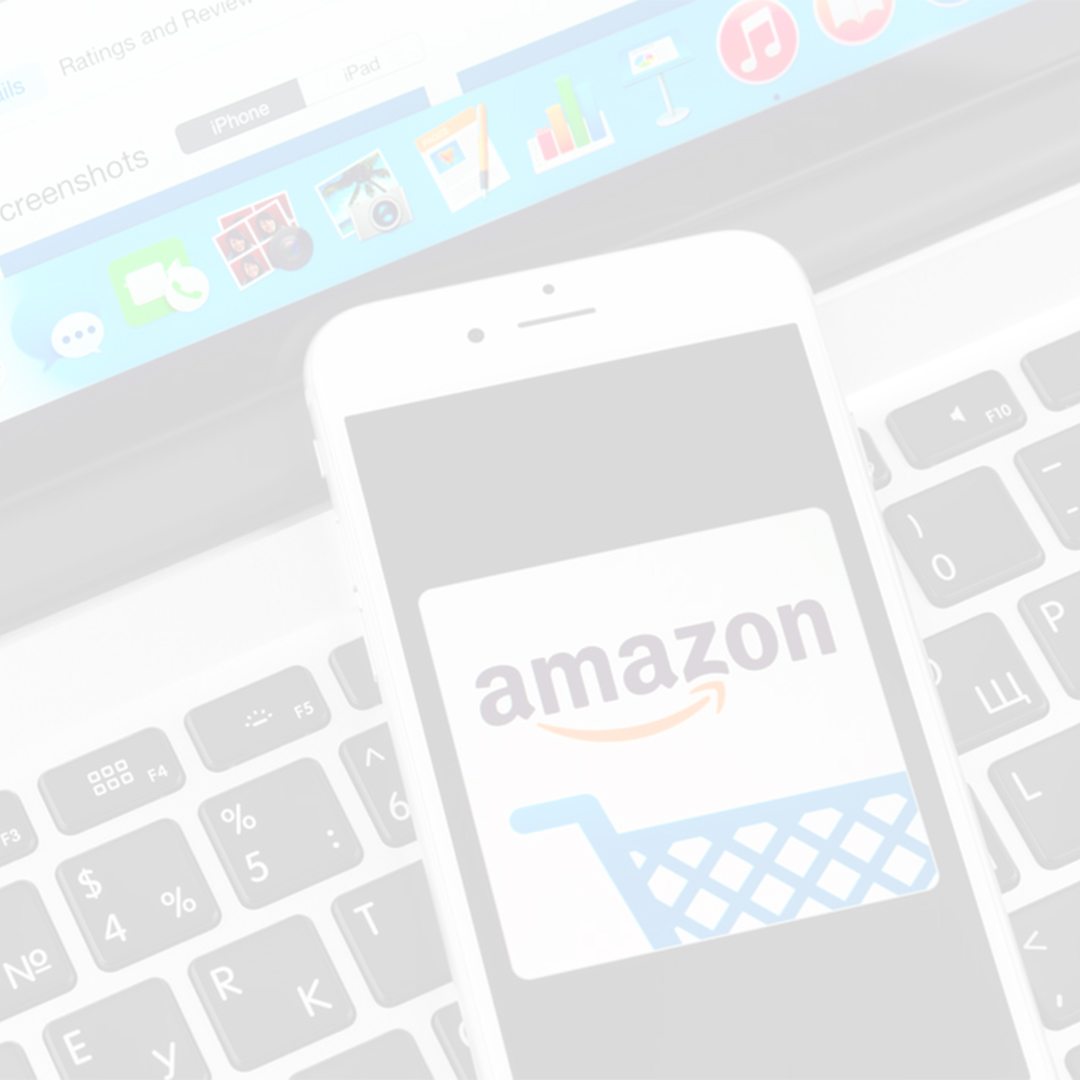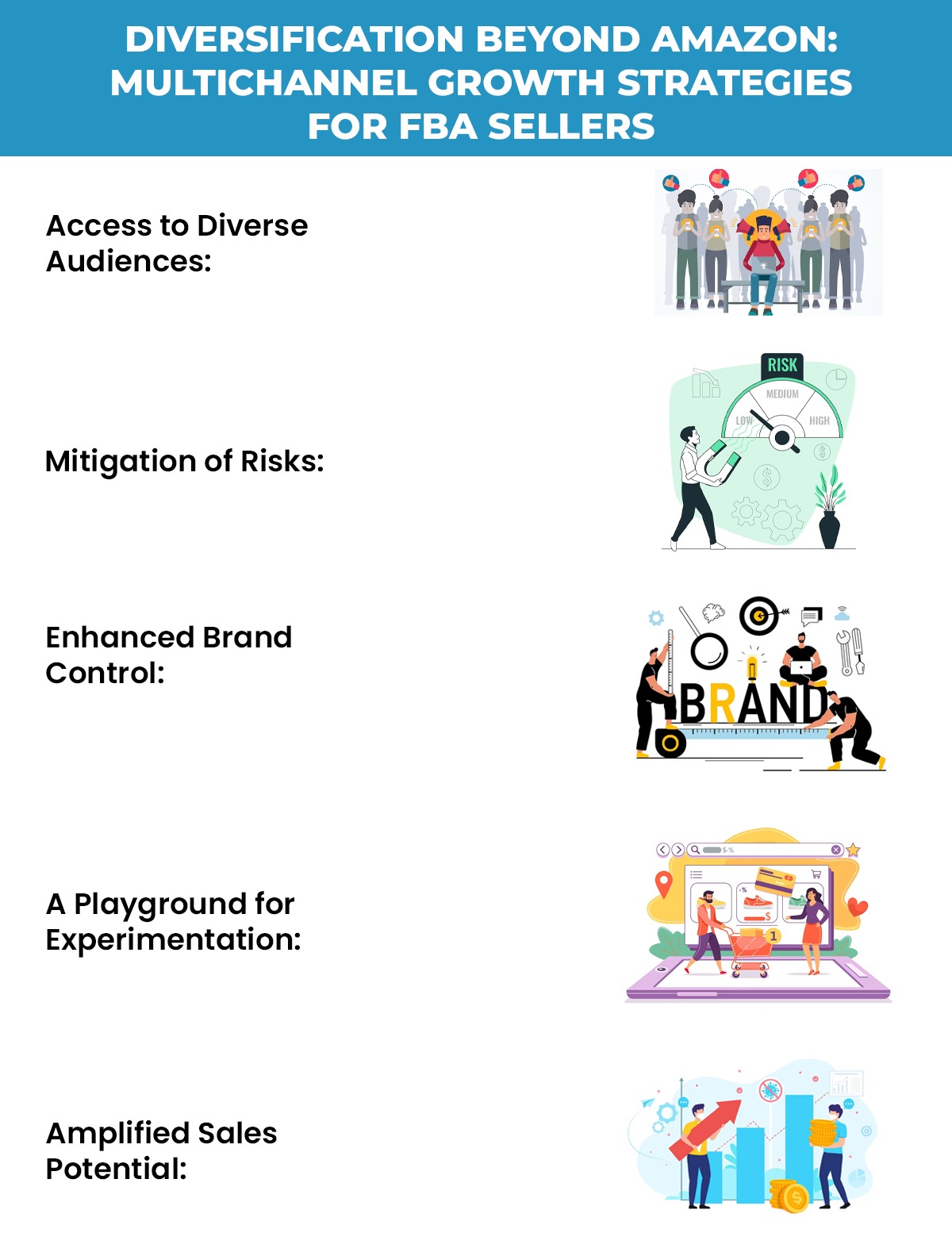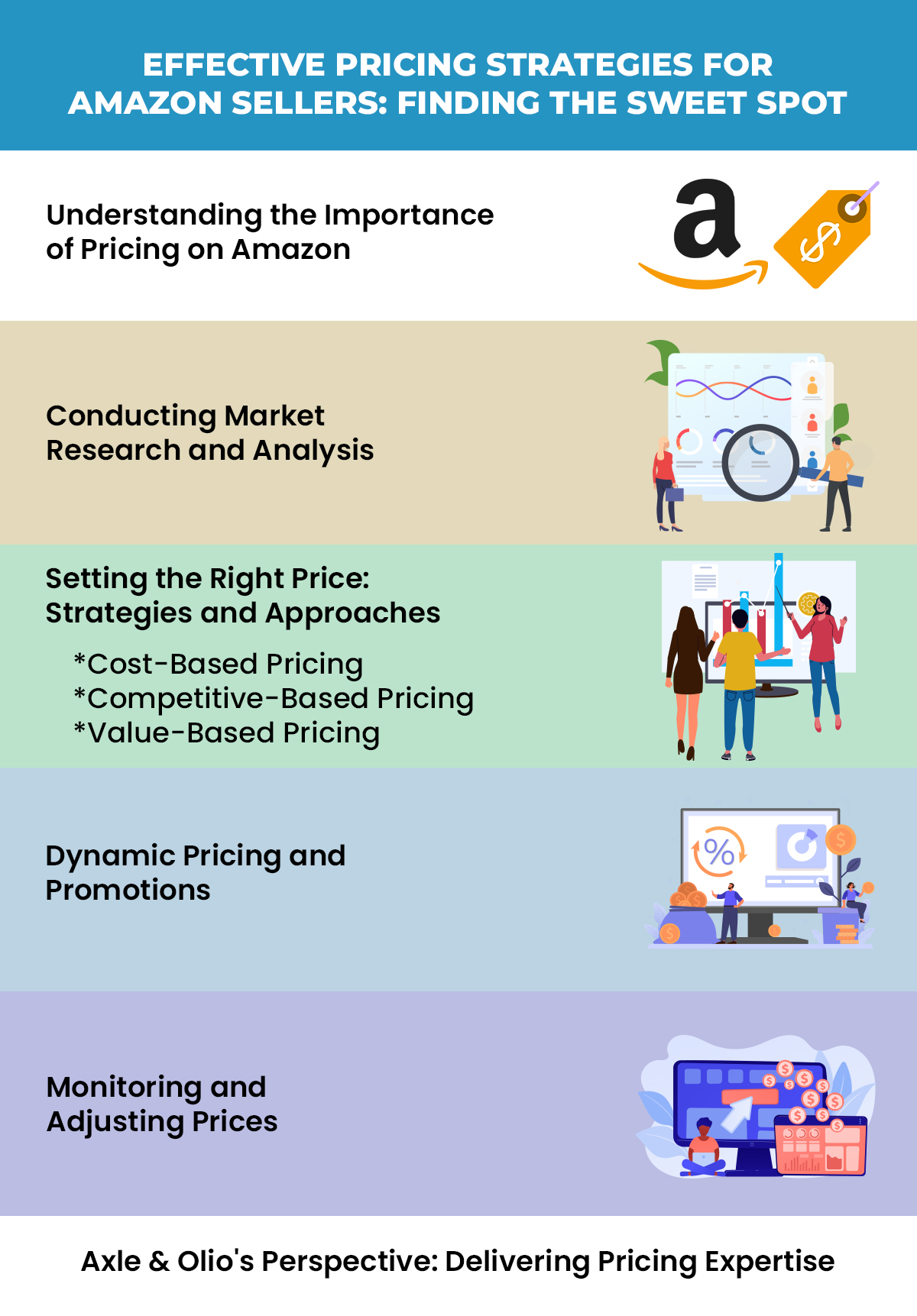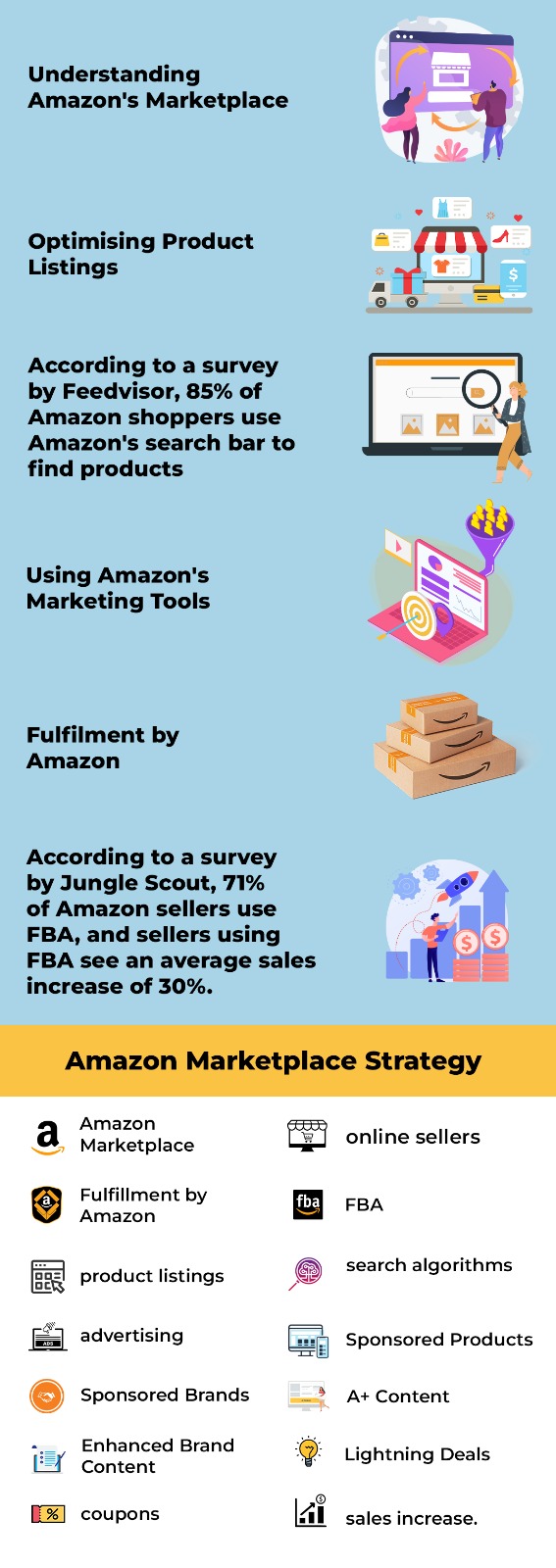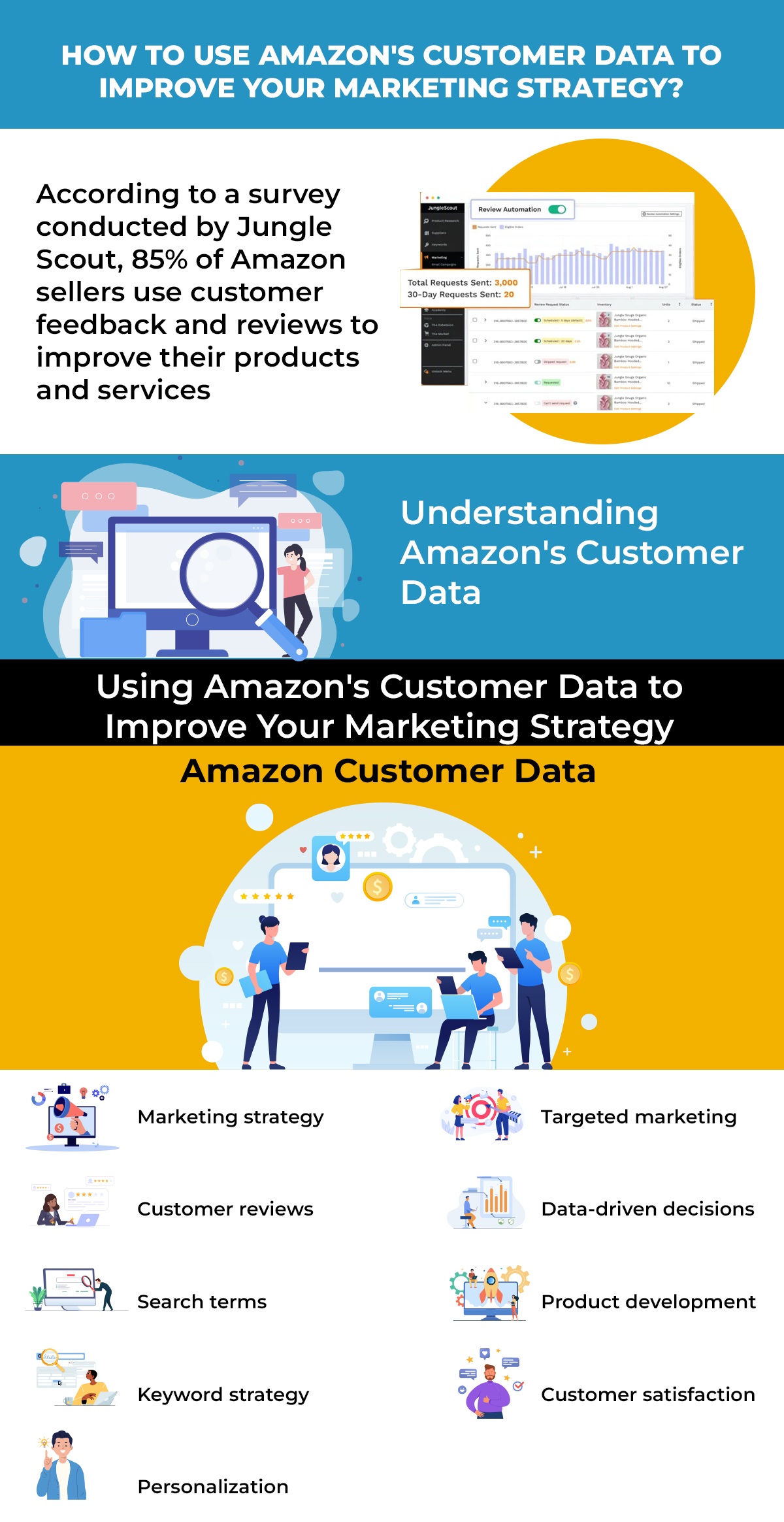When selling on Amazon, winning the Buy Box is crucial for increasing sales and visibility. The Buy Box is the prominent “Add to Cart” button on a product listing, and the seller who wins it enjoys a significant advantage. This article explores strategies to help you secure the Buy Box, boost your sales, and enhance your visibility on Amazon.
Understanding the Importance of the Buy Box:
The Buy Box is responsible for generating the majority of sales on Amazon. Winning the Buy Box means that customers who click on the product listing will automatically add the item to their cart from your seller account. This increases your chances of converting visitors into buyers and gives you a competitive edge over other sellers.
Key Factors Considered by Amazon for the Buy Box:
a. Price: Competitive pricing is crucial. Aim for competitive prices while maintaining profitability.
b. Seller Performance: Amazon values sellers with a track record of excellent customer service, low order defect rates, and on-time shipping.
c. Fulfillment Method: Utilizing Amazon’s FBA (Fulfillment by Amazon) service increases your chances of winning the Buy Box due to its reputation for reliable and fast delivery.
d. Inventory Availability: Ensuring sufficient inventory is crucial to meet customer demand promptly.
e. Shipping Time: Prompt shipping and meeting delivery deadlines are essential for winning the Buy Box.
Optimize Your Product Listings:
a. Product Title: Include relevant keywords in your product titles to improve search visibility.
b. Product Images: High-quality and visually appealing images attract customers and enhance your chances of winning the Buy Box.
c. Product Descriptions: Write compelling and informative descriptions that highlight the unique selling points of your product.
d. Customer Reviews: Encourage positive reviews by providing exceptional customer service and promptly addressing any issues or concerns.
Amazon experts such as Axle & Olio can help optimize your product listings in the most effective manner.
Competitive Pricing Strategies:
a. Competitive Research: Analyze your competitors’ pricing strategies to determine optimal price points for your products.
b. Automated Pricing Tools: Utilize pricing automation tools to adjust your prices dynamically based on market conditions and competitor prices.
c. Promotions and Discounts: Run occasional promotions or offer discounts to attract customers and increase your chances of winning the Buy Box.
Focus on Fulfillment:
a. Utilize FBA: Enroll in Amazon’s FBA program to leverage their efficient fulfillment network, ensuring fast and reliable delivery.
b. Seller-Fulfilled Prime (SFP): If you’re unable to use FBA, consider becoming eligible for SFP, which allows you to offer Prime-like shipping benefits while fulfilling orders yourself.
c. Optimize Shipping Performance: Monitor shipping performance metrics, such as on-time delivery and tracking information, to maintain a high level of service.
Monitor and Optimize Performance:
a. Stay Vigilant: Continuously monitor your seller metrics and resolve any performance issues promptly.
b. Customer Feedback: Encourage satisfied customers to leave positive reviews, and address negative feedback by providing exceptional customer service.
c. Use Seller Central Tools: Leverage the performance reports and analytics provided by Amazon to gain insights and optimize your selling strategies.
Conclusion:
Winning the Buy Box on Amazon is crucial for maximizing sales and visibility. By understanding the key factors considered by Amazon, optimizing your product listings, employing competitive pricing strategies, focusing on efficient fulfillment methods, and consistently monitoring and optimizing your performance, you can increase your chances of winning the Buy Box and driving success on the platform.
Remember to stay updated with Amazon’s policies and adapt your strategies accordingly. With a proactive approach and effective implementation of these strategies, you can enhance your Amazon presence, attract more customers, and achieve sustainable growth.


